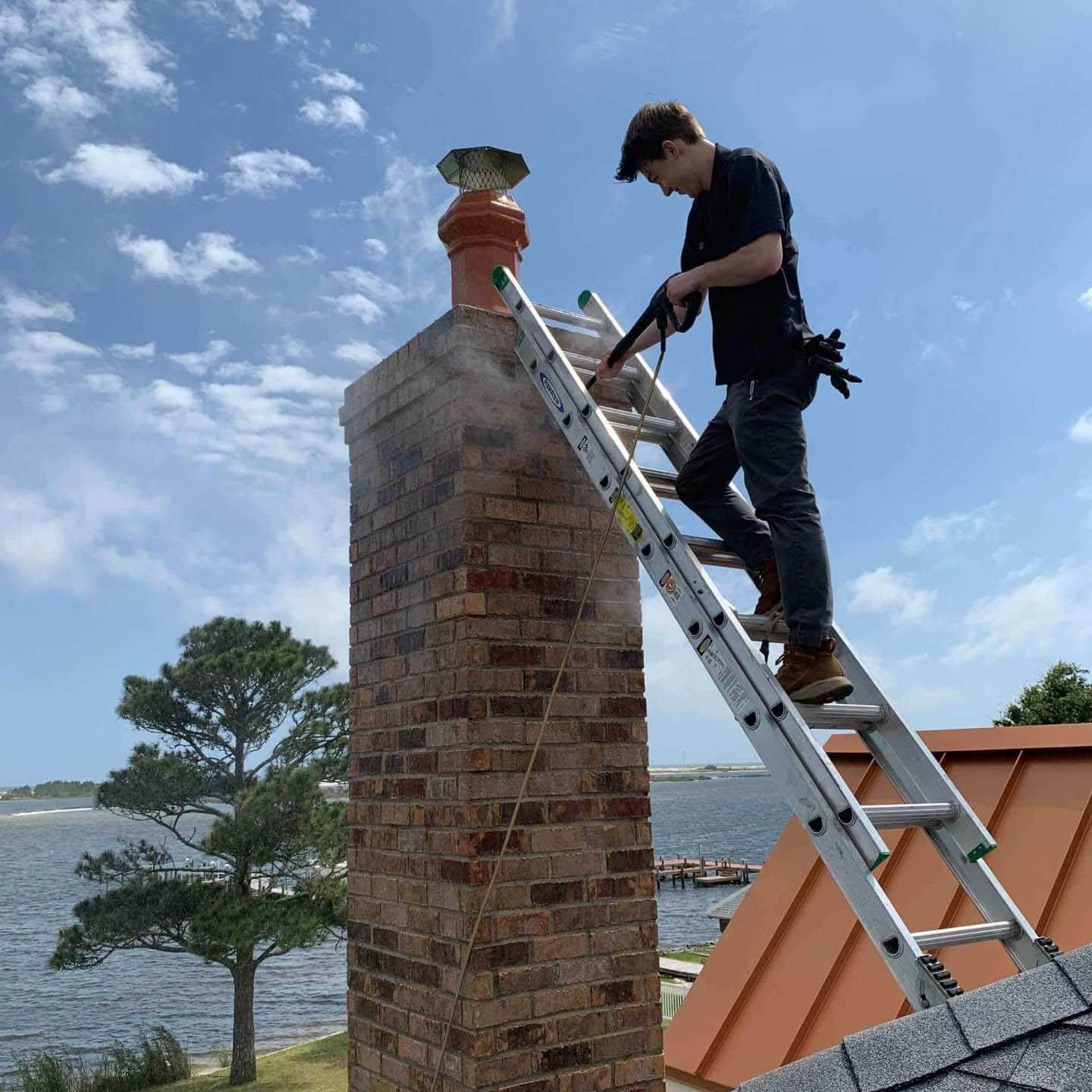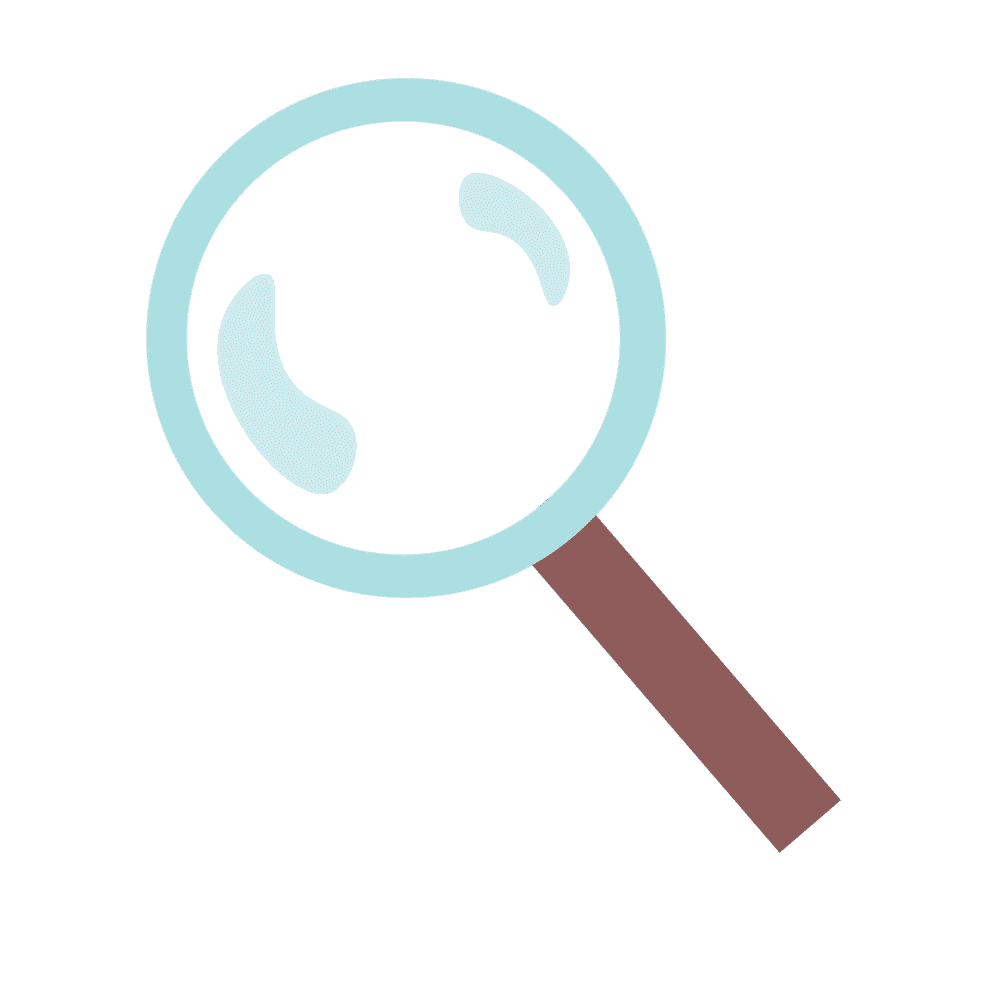Chimney and Fireplace Inspections
Find your local Sootmaster via our area service page. Or you can request an appointment here! We’ll send a first-class chimney professional right to your door. We’re here to help in any way we can!
You want your fireplace or stove to bring you evening after evening of comfort and enjoyment. But what happens when damage, creosote buildup, or other dangers are present? Would you even know? Most homeowners wouldn’t and don’t know, because much of the chimney system is not in plain view. Industry safety leaders like the National Fire Protection Association (NFPA) recommend annual Chimney Inspections and Fireplace Inspections — Chimney Inspections and Fireplace Inspections allow professionals to really get in there and see what’s going on.
Chimney and Fireplace Inspections is a crucial part of your house maintenance. So don’t wait until it’s too late. Let Sootmaster take care of you. We offer multiple levels of fireplace and chimney inspections all throughout the Southeastern United States. Give us a call today to schedule your inspection!


Chimney and Fireplace Inspections
Regular chimney and fireplace inspections are an essential component of home maintenance that should not be overlooked. Beyond the cozy warmth and ambiance they provide, fireplaces and chimneys play a critical role in directing smoke, gases, and heat safely out of your home. This makes their proper functionality crucial for both the safety of your family and the efficiency of your heating system.
An inspection performed by a professional chimney sweep serves as a preventive measure to identify potential issues before they escalate into costly and hazardous problems. Creosote buildup, blockages, cracks, and structural weaknesses are among the many issues that can go undetected without routine inspections.
By scheduling regular chimney and fireplace inspections, you ensure that your system is operating as intended and in compliance with safety standards. A certified chimney sweep has the expertise to detect any hidden dangers, ensuring that your home remains free from the risks of fire hazards and carbon monoxide exposure.
Moreover, chimney inspections are particularly crucial after extreme weather events, such as heavy rains or earthquakes, which can impact the structural integrity of your chimney. Neglecting inspections could lead to compromised performance, increased energy consumption, and potential health risks.
In essence, investing in chimney and fireplace inspections provides peace of mind, safeguarding your home and loved ones. Whether you’re an occasional fireplace user or rely on it as a primary heat source, routine inspections contribute to a secure and efficient living environment. With a thorough chimney and fireplace inspection, you’re not only ensuring the safety of your home but also making a proactive choice for the well-being of your family and the longevity of your heating system.
At Chimney Sweep Services, our experienced professionals are dedicated to ensuring the safety and functionality of your chimney and fireplace. Contact us today to schedule a comprehensive inspection and enjoy the benefits of a well-maintained and worry-free home heating system.
Types of Fireplace Inspections
Level One
Level one is performed without the aid of any specialized tools and is recommended when things are working as always, without change.
Level Two
Level two when there’s a change needed, like a new liner, a new appliance, a new fuel type, a strong storm or chimney fire, or a new problem or performance issue. This level of an inspection may require some basic tools, and will also include a video scan of the chimney interior. Level two inspection and its ability to provide close-up images of damage, these inspections are oftentimes referred to as real estate, home, or insurance inspections.
Level Three
Level three is a level two inspection that suggests a deeper, hidden problem impossible to get to the bottom of. A level three can involve the removal of firebox panels, chimney crowns, walls, and other components of the chimney system and home, which is why it’s considered a last resort.

